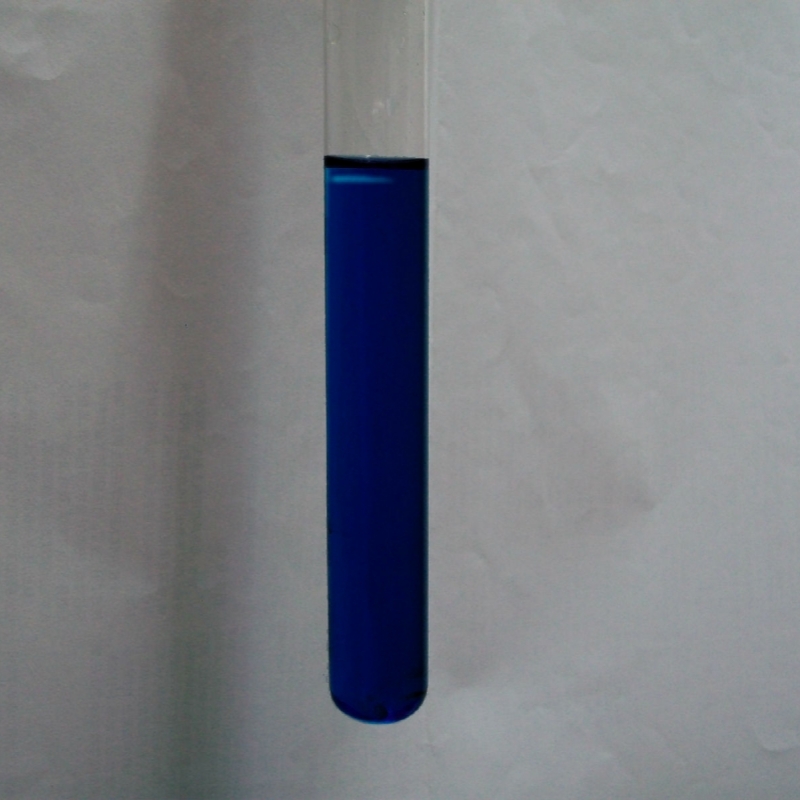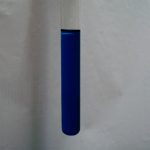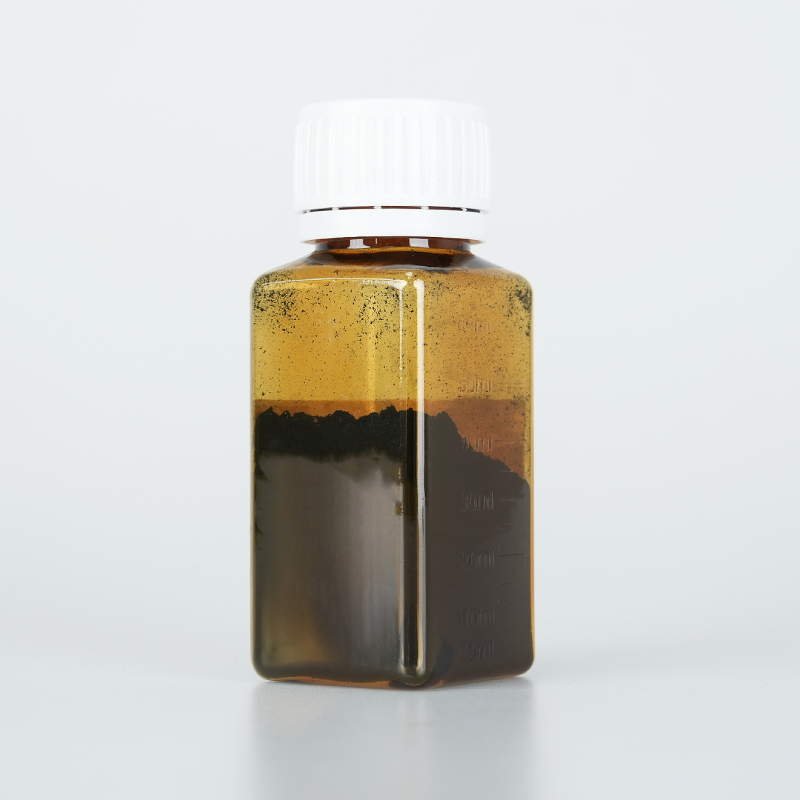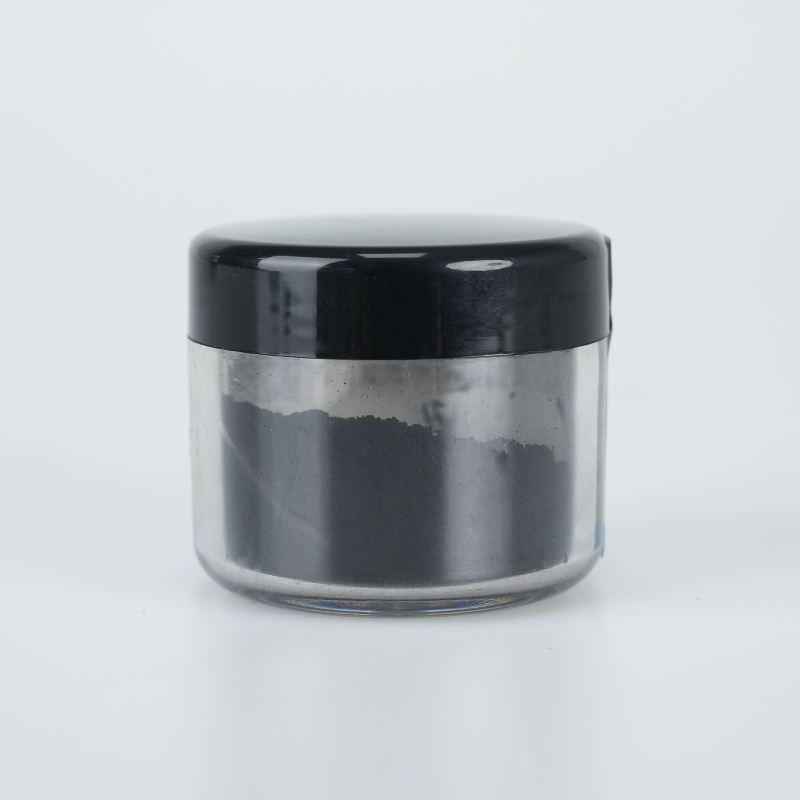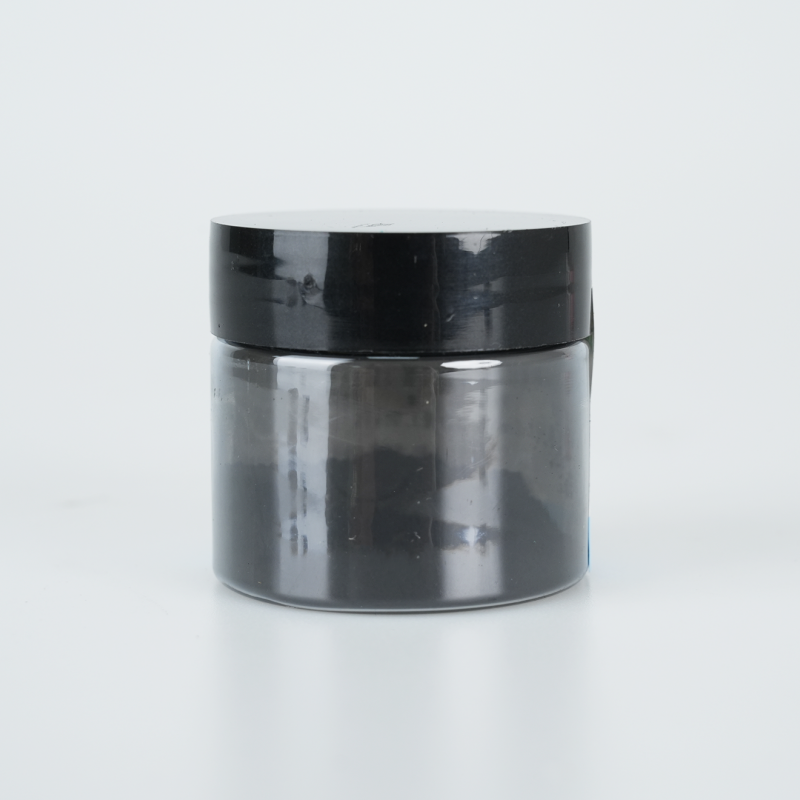Prussian Blue nanoparticles (PBNPs) offer optimized electrochemical performance, superior ion exchange capability, and enhanced stability. Designed for biomedical and environmental applications, they ensure effective pollutant adsorption, extended durability, and high adaptability.
Product Overview
Prussian Blue Nanoparticles (PBNPs) are a type of nanomaterial composed of iron hexacyanoferrate, characterized by their unique structure and excellent biocompatibility. Synthesized through the reaction of potassium ferrocyanide with polyvinylpyrrolidone (PVP) and refined by a precise crystallization process, these nanoparticles have shown significant potential in various medical applications. Particularly, they excel in detoxification, drug delivery, photothermal therapy, and nanocatalytic therapies.
Key Features
- Good Dispersion: Thanks to the amphiphilic nature of PVP, PBNPs exhibit excellent dispersion in water, making them suitable for a wide range of biomedical applications.
- Excellent Drug Loading Capacity: The mesoporous structure of PBNPs provides a large surface area and pore volume, allowing for efficient loading of drugs, genes, and small molecules, thereby enhancing drug delivery efficiency.
- Multiple Nanocatalytic Activities: PBNPs possess various enzymatic activities, including peroxidase (POD), superoxide dismutase (SOD), and catalase (CAT). These activities enable the nanoparticles to decompose hydrogen peroxide, scavenge free radicals, and alleviate inflammation and oxidative stress, supporting tumor treatment.
- Photothermal Conversion Efficiency: PBNPs have superior light absorption at a wavelength of 808 nm, which enables them to convert light energy into heat. The generated heat can effectively ablate tumor cells and enhance the activity of the nanocatalysts.
Applications
- Drug Loading and Targeted Delivery: The unique mesoporous structure of PBNPs makes them ideal drug carriers. They can efficiently load chemotherapeutic drugs and, through surface modifications, enable targeted delivery to enhance therapeutic efficacy while minimizing side effects on healthy cells.
- Photothermal Therapy: Due to their special crystal structure and excellent light absorption properties, PBNPs are widely researched and applied in photothermal therapy for tumor ablation.
- Nanocatalytic Therapy: With multiple enzymatic activities (POD, SOD, CAT), PBNPs can effectively clear free radicals, alleviate oxidative stress and inflammation, and enhance tumor treatment.
- Biomedical Imaging: PBNPs exhibit excellent magnetic resonance imaging (MRI) and photoacoustic imaging (PA) properties. Combined with their mesoporous structure and surface modifications, they can serve as multimodal imaging probes for disease diagnosis and monitoring.
| Item | Parameter |
| Diameter | 50-70 nm / 100-200 nm |
| Concentration | 1 mg/mL |
| Solvent | Water |
| Appearance | Blue solution |
| Characteristic Absorption Peak | ~700 nm |
| Composition | Fe[Fe(CN)₆] |
 new material
new material

